Developing leadership to improve relationships and accelerate change is a key goal in many organizations, so what’s the secret that helped 73% of leaders in this global tech company measurably improve?
Excelitas is a global technology company with R&D and 19 manufacturing facilities around the world. To improve performance, the company set out to strengthen the leadership skills that would improve workplace climate to strengthen employee engagement. Recognizing that emotional intelligence would be a valuable ingredient in this initiative, company partnered with Six Seconds to develop a program measurably improve leadership. This case study reviews outcomes of the program and key ingredients that the company used to create this success.
Utilizing a normed, multi-rater leadership assessment and blended, collaborative learning, the program emphasized open communication, coaching, and connection to help participants develop a personal vision of leadership. The result: 73% of program participants showed measurable improvements in a wide variety of key leadership attributes.

This case study examines the Excelitas Connected Leadership Program (CLP), an initiative focused on the “people side” of leadership. Excelitas is a leader in delivering innovative, high-performance, market-driven photonic solutions to meet the lighting, detection and optical technology needs of global customers. What key ingredients would leaders in this highly technical organization need to improve performance? It turns out emotional intelligence is one of the essential ingredients.
Initiating Change
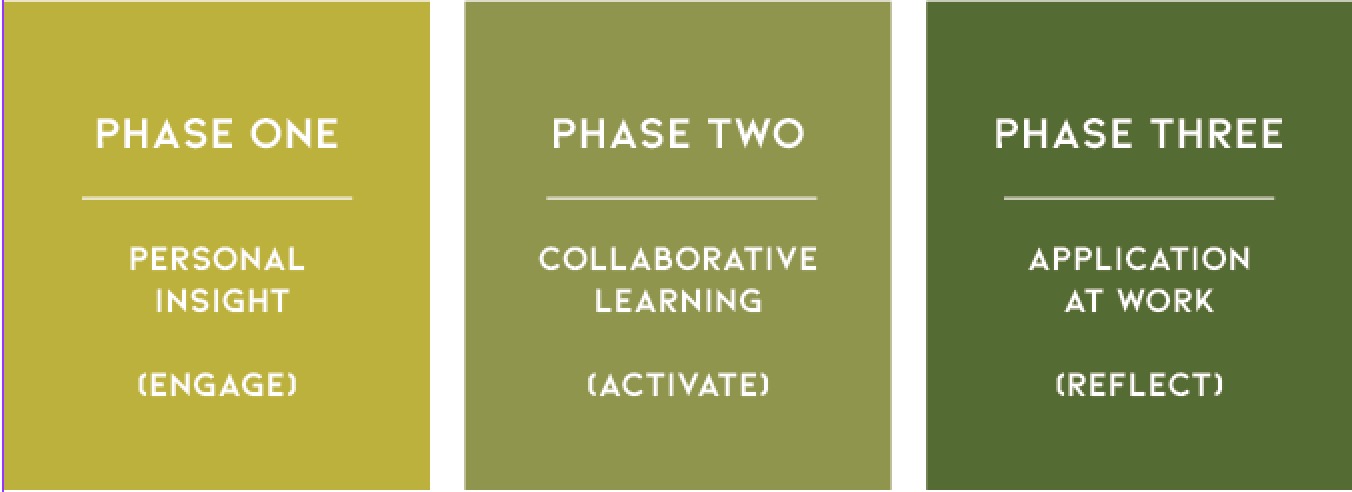
As shown above, the program followed three phases. The design is based on The Change MAP, Six Seconds action learning process.
Guided by Six Seconds’ design principles, CLP was created as a project-based learning experience with real-world application. Where many corporate leadership programs offer an “assorted menu of leadership content,” CLP was designed as an integrated whole where participants would identify a specific leadership goal in the first phase. Then, they developed new tools to apply to their goal, and were supported to create positive change.
Assessing Progress
The case study includes data from approximately 50 CLP participants in each of three global regions.
- In Phase I, participants completed the Six Seconds “Leadership Vital Signs” multi-rater assessment and were coached to define a goal.
- Phase II was a three-day leadership program involving in-class collaborative learning around the five drivers in the Vital Signs (shown in blue to the right).
- Phase III focused on applying insights and then completing the follow-up LVS assessment.
The LVS assessment is based on the Vital Signs model that describes five key drivers of performance and four leadership outcomes in different domains, as shown in Figure 1:
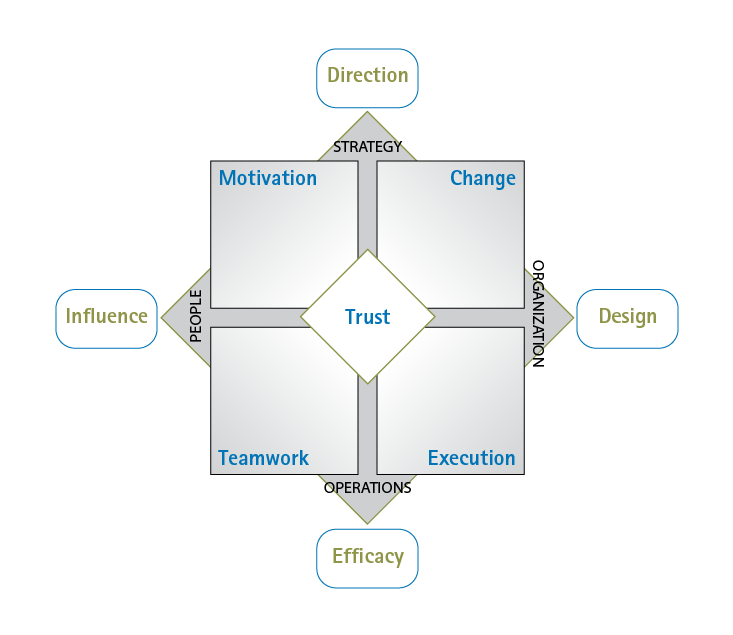
Figure 1. LVS Model with Domains, Drivers (blue), and Leadership Outcomes (green)
Participants took LVS themselves, and received both numerical scores and narrative feedback from “raters” including their supervisor, peers, and direct reports. This wholistic feedback helped the participants gain a clearer picture of the effectiveness of their leadership. The LVS was debriefed by HR/learning team members who became certified Vital Signs assessors. In this coaching process, participants constructed a personal leadership vision and development plan.
The multi-rater assessment was repeated in approximately 9-10 months to measure progress. Knowing that the re-assessment was coming encouraged participants to execute on the plans they made in the training.
Closing the Loop

Figure 2. Total Pre/Post Scores for Self and Rater Assessments.
All cumulative driver and outcome scores increased from baseline to follow-up, with the exception of self-assessed Efficacy. Results for the combined regions for drivers and outcomes, separated by self and rater scores, are shown in Figure 2.
The program was highly regarded by participants; on average, across all regions, participants rated the program 4.54/5 (4 = very good, 5 = excellent). Participants reported progress as they implemented new personal insights and leadership knowledge in the areas of teamwork, open communication, engagement, and confidence. Outcomes included improved quality, delivery, and performance, and the retention of valued employees.
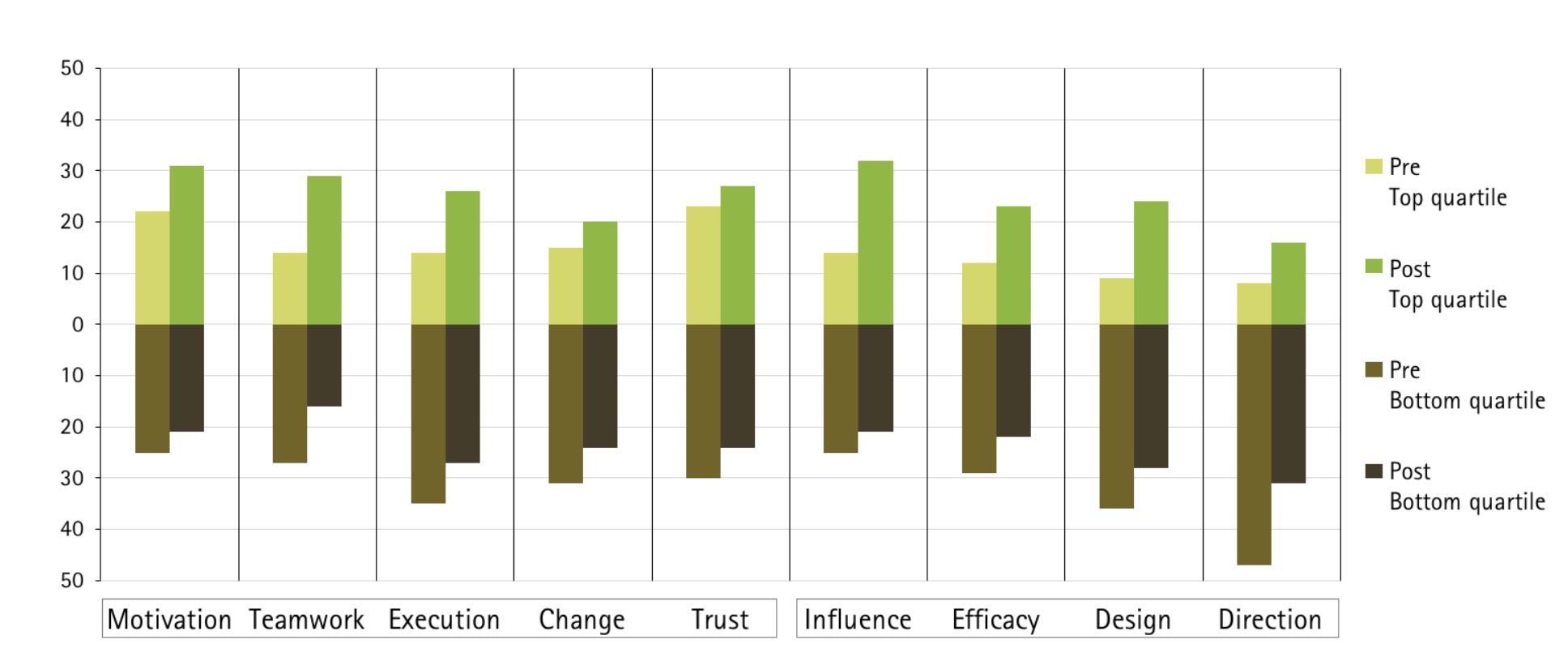
Figure 3. Total Pre/Post Number of Participants in Top and Bottom Quartiles.
Another key indicator of change is how many participants moved into higher performance zones on the assessment. Figure 3 shows the movement of participants out of the bottom quartile (of the normed distribution of LVS results for drivers and outcomes) and into the top quartile.
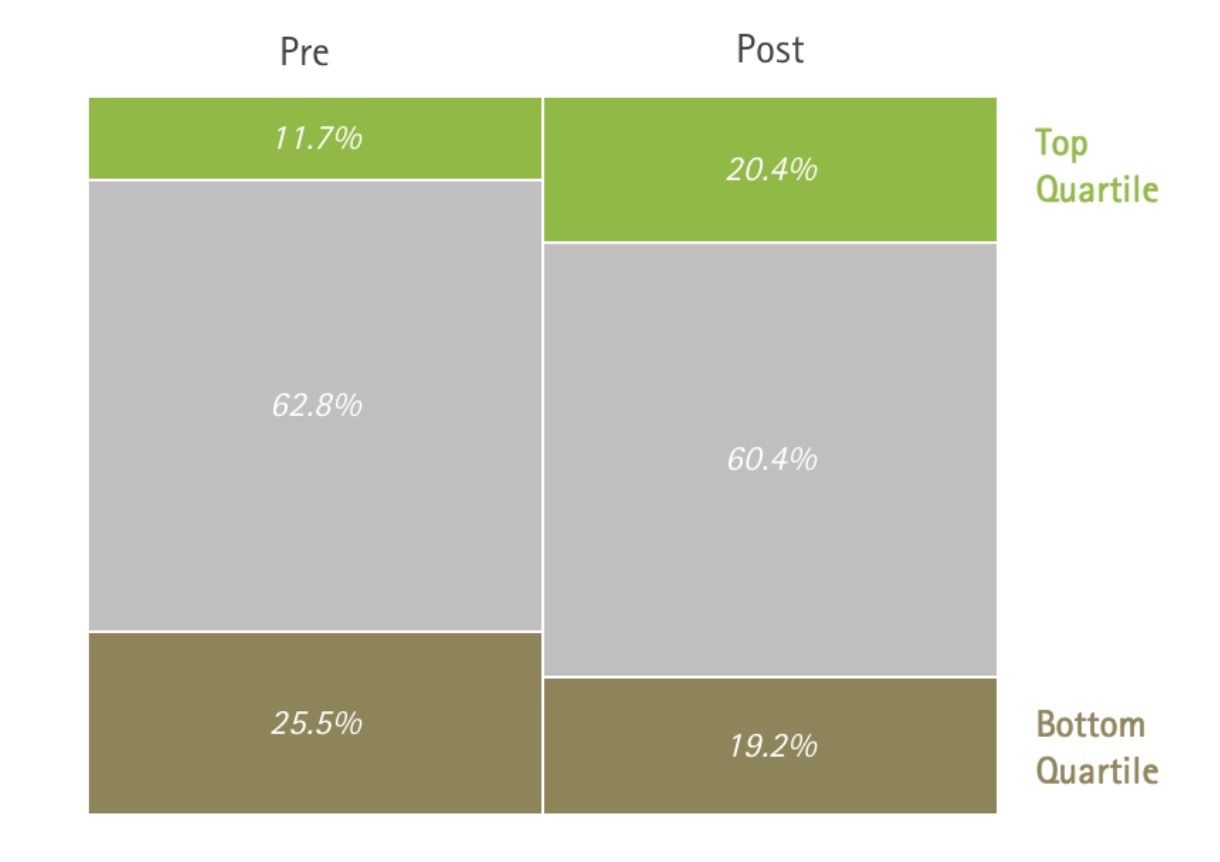
Figure 4. Pre/Post Top and Bottom Quartile Percentages for Combined Drivers and Outcomes.
The shift out of the bottom and into the top quartile for all drivers and outcomes combined is shown in Figure 4. The top quartile (of worldwide scores from all users of the assessment) indicates high leadership effectiveness.
This result shows that the Connected Leadership Program almost doubled the number of high performing leaders.
Key Ingredients
Participant experience and feedback data, as well as comparative LVS results, indicate that the CLP is achieving its goal of supporting the people-side of leadership while having a positive effect on engagement and performance. A number of key characteristics of the CLP produced these favorable outcomes, including use of actionable feedback, incorporation of EQ, and blended learning with coaching.
Acknowledgement: We would like to thank Michael Messier, EVP and CHRO, and Jeffrey Atwater, Director of Talent Development, at Excelitas for their dedication and commitment in implementing the Connected Leadership Program.
What's new in emotional intelligence?
Gen Z Is Unlike Any Generation Before It. New Research Reveals Why – and How to Work More Effectively with the iGen
Here are 3 key insights from the world’s largest study of emotional intelligence, and what it means for working effectively with Zoomers.
Emotional Intelligence at Work: Stress Is (Still) Rising Globally. Here Are 3 Evidence-Based Solutions
Globally, 44% of employees globally reported feeling stressed A LOT of the day yesterday. Here are 3 solutions to reduce stress.
Emotional Intelligence at Work: 3 Steps to End Meeting Madness and Its Emotional Toll
The modern workplace has a meeting problem, and it takes an emotional and financial toll on people. Here are 3 steps to restore sanity.
Emotional Intelligence at Work: 7 Principles to Rewrite the Unwritten Rules of Expressing Emotions
An organization’s emotional culture influences employee satisfaction, burnout and the bottom line. Is it time to rethink your rules?
Emotional Intelligence at Work: Why Traditional Performance Reviews Often Backfire – and 6 Principles to Follow Instead
Not a fan of performance reviews? You’re not alone. Here’s why the annual performance review doesn’t work – and what to do about it.
Building Inclusion Across Borders: Three Lessons from Make-A-Wish Foundation’s DEI Launch
Six Seconds and Make-A-Wish launch a pilot DEI program in Europe fueled by emotional intelligence – with promising results.
- Lessons from Patagonia - May 15, 2018
- How to Lead People in a VUCA World: Siemens Case - April 25, 2018
- Practicing Music: Creating Food for the Soul - March 11, 2018








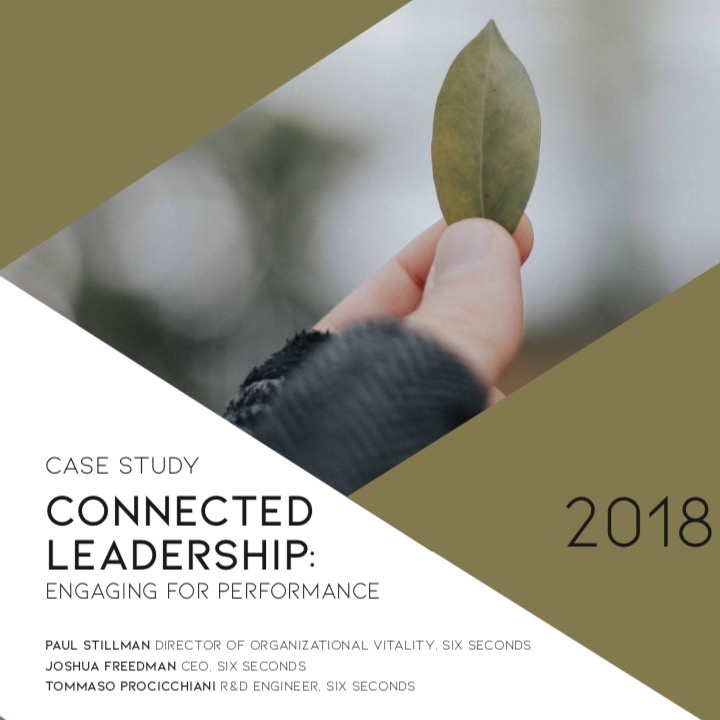

On this article it strongly supports the need for EQ on this tough times
Thank you for sharing the material. It is a very good introductory to Connected Leadership. Looking at the LVS, i would really like to develop on organization and operations.
Hi Florence – are you familiar with Agile methodology? I think it’s quite helpful for that quadrant!
🙂